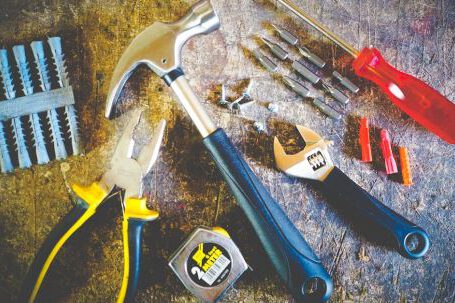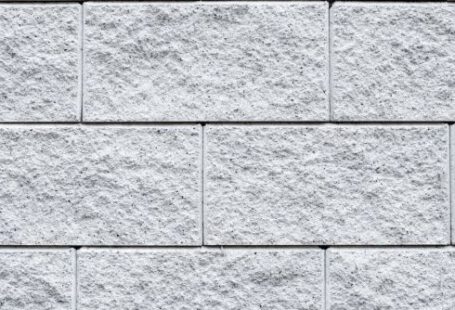Masonry chisels are an essential tool for any masonry project. From cutting and shaping stone and brick to carving intricate designs, chisels are invaluable for producing high-quality work. But with so many types of masonry chisels on the market, it can be difficult to know which ones are best for your project. This article will explain the different types of masonry chisels and how to choose the right one for your project.
Types of Masonry Chisels
Masonry chisels come in a variety of shapes and sizes, each designed for different tasks. The most common types of chisels are flat chisels, which are used for shaping and cutting stone and brick, and pointed chisels, which are used for carving and sculpting. Flat chisels can be sharpened to a razor-like edge, while pointed chisels are usually more blunt and can be used for general carving and sculpting.
Other types of masonry chisels include:
- Adze chisels, which are used for shaping stone blocks
- Tuck point chisels, which are used for cutting and finishing mortar joints
- Plugging chisels, which are used for cutting and removing plugs of stone or brick
- Gouge chisels, which are used for carving, shaping, and finishing stone and brick
- Mortise chisels, which are used for cutting mortises into stone and brick
Choosing the Right Chisel for Your Project
When choosing a masonry chisel, it’s important to consider the type of project you’re working on. Different projects require different types of chisels. For example, if you’re working on a stone wall, you’ll want a flat chisel with a sharp blade for cutting and shaping the stones. If you’re carving intricate designs into stone or brick, you’ll want a pointed chisel with a blunt edge.
It’s also important to consider the type of material you’re working with. Different types of stone and brick require different types of chisels. Soft stone such as sandstone is best cut with a flat chisel, while harder stone such as granite requires a more robust pointed chisel. The same is true for brick – softer brick can be cut with a flat chisel, while harder brick requires a pointed chisel.
Finally, it’s important to consider the size of the chisel you need. Chisels come in a variety of sizes, from small, handheld chisels to large, heavy-duty chisels. Choose a size that is appropriate for the size of the project you’re working on. Smaller projects may require smaller chisels, while larger projects may require larger chisels.
Conclusion
Masonry chisels are an essential tool for any masonry project. When choosing a masonry chisel, it’s important to consider the type of project you’re working on, the type of material you’re working with, and the size of the chisel you need. With the right masonry chisel, you’ll be able to produce high-quality work that will stand the test of time.






